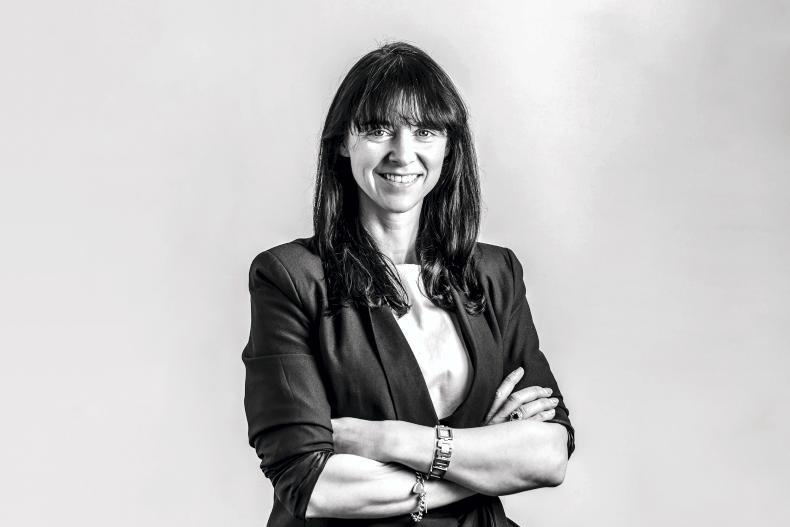Three weeks ago most of us knew very little about Ukraine. Today, we know a lot more, including that Ukraine is an agricultural power player.
A statistic I read said that Ukraine could meet the food needs of 600 million people.
The equivalent number quoted for Ireland is 40 million.
An amazing achievement for a small island, but of course this potential is relative to what we produce here, ie predominantly high-quality protein, and does not cover the full spectre of the human nutritional requirement.
This “capacity to feed” factoid stayed in my head because of a debate that did the rounds last year. The commentary centred on whether Ireland should – considering our capability to grow and produce food – have a responsibility to feed people not living on our island.
The world does not need Ireland to feed it
When speaking on the climate bill in the Seanad last June, Minister of State Pippa Hackett said that food is “something we, in Ireland, produce in abundance”.
However, in almost the same breath she stated that “we are not obliged to feed 40 or 50 million people. The world does not need Ireland to feed it”. Minister Hackett went on to say: “As we know, most world hunger and poverty result from war, political unrest, breakdowns in supply chains and greed.” Her latter statement still stands irrevocable, the former not so much.
However Minister Hackett was not alone in echoing this sentiment.
This comment was based on the best information available at the time, but we were seeing rising food prices ever before Putin’s soldiers marched into Ukraine
Chair of the agri-food strategy 2030, Tom Arnold told Pat O’Toole: “We should get away from the idea that Ireland has some kind of duty to feed the world.” He also said in that same interview in April last year that he didn’t think we were likely to see a major hike in food prices at a global level.
This comment was based on the best information available at the time, but we were seeing rising food prices ever before Putin’s soldiers marched into Ukraine.
In Consumer Watch this week, Ciara is looking at the role that retailers played in food deflation over the last 10 years and where prices are now.
Last year, team Irish Country Living completed a challenge; the “50km diet”. This task saw us eating food that had been wholly produced within a 50km radius of our homes (albeit, in hindsight, not taking into consideration fertiliser or imported feed) for one week.
There were many revelations from this challenge. One being that although we “can feed 40 million people”, we cannot even feed our own with the full range of products that make up the weekly shopping basket.
The 50km diet revealed how currently time and convenience were the enemy of shopping local
Ciara’s research revealed that the price of these imports has already risen while locally produced product has not increased [yet] to the same extent.
The 50km diet revealed how currently time and convenience were the enemy of shopping local. Janine examines the dependence we now have on convenience and assesses how that is driving some of our food choices.
According to the Global Food Security Index, Ireland is the most food secure country in the world but what I found in the 50km diet was that eating local requires forward planning.
Winter meals need to be thought out in the growing period to get through the hungry months.
It is often said that hope is not a strategy and while I do hope that our food security is not threatened, there is no harm in everyone thinking about their own 50km diet.
